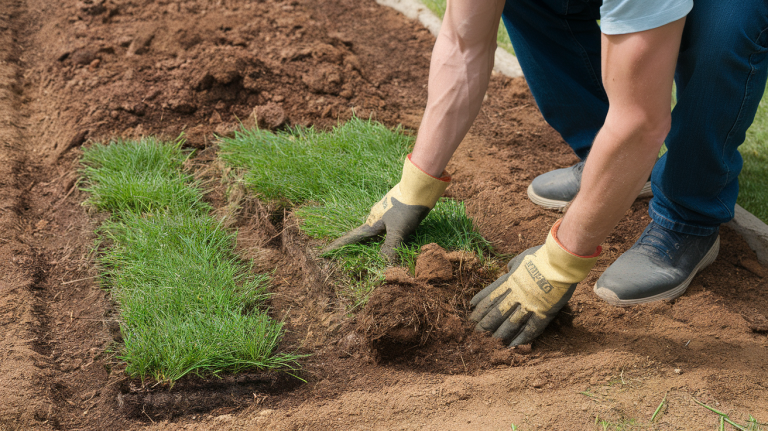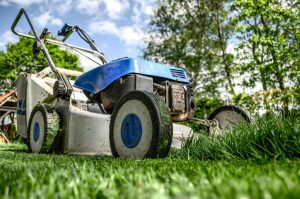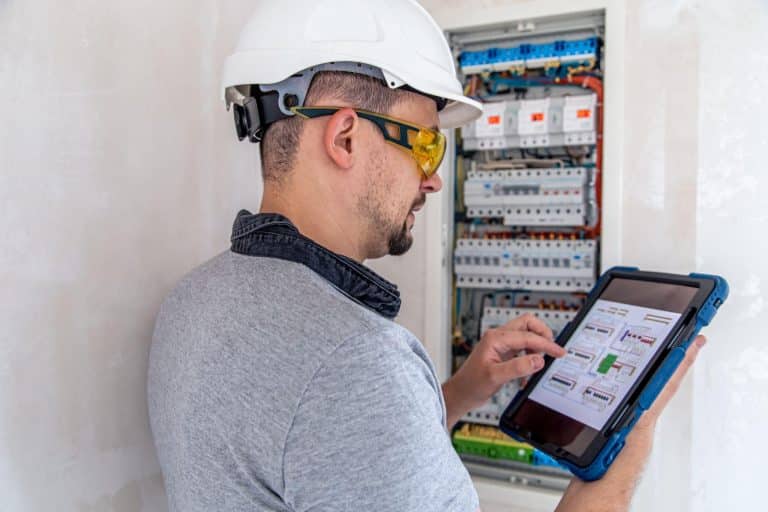When I first laid sod in my yard, I was excited to see a lush, green lawn. But I quickly realized I needed to know more about how long it would last and how to care for it properly.
Sod is an investment, and knowing how long it can survive after installation is key to keeping it healthy. Sod lasts anywhere from a few weeks to a few years, depending on the care it gets. Factors like water, sunlight, and soil conditions all play a part in how long it stays green.
In this blog, I’ll share what I’ve learned about sod’s lifespan and how to ensure it thrives. By following simple care tips, your new sod can last longer and make your lawn look beautiful for years to come.
What Is Sod?
Sod is a type of grass that is already grown in rolls or squares. It’s ready to lay down in your yard, so you get an instant lawn. Unlike grass seeds, sod gives you a fully grown lawn almost overnight. It’s a great option if you want a green yard quickly, but it still needs care to last long.
Sod comes with the grass, soil, and roots still attached. When you lay it down, the roots start to grow into the soil below, forming a healthy connection. It’s this root growth that determines how long your sod will survive.
Factors that Affect how Long Sod Lasts
Several factors determine how long sod can survive and thrive in your yard. These factors include soil quality, watering, sunlight, and weather conditions. Let’s look at each one in detail.
1. Soil Quality
Soil quality is one of the most important factors for how long sod will last. Healthy soil allows the roots of the sod to grow deep, which helps the grass stay strong. Soil that is too compact or lacking nutrients will make it harder for the sod to establish strong roots. If the soil doesn’t have good drainage, the sod can rot or dry out.
Before laying sod, make sure the soil is well-prepared. Loosen the soil, remove any rocks or debris, and consider adding compost or topsoil to improve the quality. Healthy soil makes it easier for the sod to take root and last longer.
2. Watering
Watering is essential for sod survival. After sod is laid, it needs water to help the roots grow into the soil below. During the first few weeks, the sod should be watered regularly. Watering deeply encourages the roots to grow deep into the soil, which helps the sod stay strong in the long run.
However, overwatering can cause problems, too. If the soil is constantly soaked, the roots won’t get enough oxygen and could rot. A good rule of thumb is to water deeply once or twice a day during the first few weeks, but reduce watering once the roots have established.
3. Sunlight
Sod needs sunlight to grow and stay healthy. If the sod is laid in a shaded area or an area that doesn’t get enough sunlight, it may struggle to grow. Grass needs a good amount of sunlight to photosynthesize, which helps it create food for growth. If your sod doesn’t get enough sunlight, it may turn yellow or brown and die off.
On the other hand, too much direct sunlight and heat can stress the sod. If the temperatures are high, make sure the sod is watered more frequently and consider providing some shade during the hottest part of the day to protect it.
4. Weather
The weather plays a huge role in how long sod will last. Ideal conditions for sod installation are mild temperatures, with daytime highs between 55°F and 75°F (13°C and 24°C). If it’s too hot, the sod may dry out quickly. If it’s too cold, the sod may not establish roots as easily.
Rain can help sod survive, but too much rain can cause the soil to become waterlogged. This could lead to root rot or fungal growth, which damages the sod. You want a balance between the right amount of moisture and dry periods to encourage root growth.
How Long Does Sod Last?
When properly installed and maintained, sod can last for many years – typically 5-10 years before it might need replacement or major care. Some well-maintained lawns can last even longer with the right care routine.
1. Short-Term Survival (first Few Weeks)
When you first lay sod, it’s still alive, but it’s also vulnerable. During the first few weeks, it relies on the moisture in the soil and the water you provide. If the sod is laid properly and receives the right care, it should survive this initial period and start developing strong roots.
During the first few weeks, the sod is still adjusting. The roots haven’t fully established, so you need to keep the sod well-watered and make sure it’s getting enough sunlight. In the beginning, the sod will look good and green, but it may still be fragile.
2. Long-Term Survival (first 2-3 Months)
Once the roots of the sod start to take hold in the soil, it will begin to grow stronger. After about 2-3 months, the sod should be more firmly established. You’ll notice the grass thickening up and growing taller. By this point, the sod can survive more easily on its own, although regular care is still important.
During this period, reduce watering gradually. The sod no longer needs to be watered as frequently. You should still monitor its progress, though. Check the soil for moisture, and if you notice any signs of stress, water a little more.
3. Long-Term Survival (6 Months and Beyond)
After about 6 months, your sod should be well-established. The roots will have fully integrated with the soil, and the grass should be growing strong. With proper maintenance—like occasional watering, mowing, and fertilizing—the sod can last for years. Healthy sod will continue to grow and develop, forming a thick and green lawn.
Signs that Sod Is Not Doing Well
Sometimes, sod doesn’t last as long as expected. If you see signs like yellowing grass, thinning patches, or the sod lifting from the ground, it may not be getting the care it needs. Some common problems include:
- Dry spots: These are areas where the sod has not gotten enough water. If you see brown or yellow patches, make sure you water more frequently in those spots.
- Puddling water: If water is pooling in one area and not draining properly, the soil may be too compacted, and the roots can’t get enough air. This can lead to root rot.
- Weeds: Weeds compete with your sod for water and nutrients. If weeds are taking over, your sod may not be able to survive long-term.
How to Care for Sod for Maximum Longevity?
Proper care greatly extends the life of your sod. These are the key steps to ensure your lawn stays healthy for as long as possible:
1. Watering
As mentioned earlier, water your sod regularly during the first few weeks. Water deeply to encourage root growth. After the initial period, water once or twice a week, but adjust depending on the weather. Avoid overwatering, as it can cause root rot.
2. Mowing
Once the sod has been laid for at least a few weeks, you can start mowing it. Make sure your mower blades are sharp and set the mower height to about 2–3 inches. Mowing too short can damage the grass and stunt its growth. Never cut more than one-third of the grass height at once.
3. Fertilizing
Fertilize your lawn to give it the nutrients it needs. Apply a balanced fertilizer in the spring and again in the fall. Make sure to follow the fertilizer instructions carefully. Over-fertilizing can damage the grass, so use the right amount for your lawn size.
4. Aerating
Aeration helps your sod get enough oxygen, water, and nutrients. Use a lawn aerator once a year to create small holes in the soil. This allows the roots to grow deeper and stronger, improving the overall health of your lawn.
5. Monitoring for Pests and Diseases
Keep an eye out for pests and diseases that can damage your sod. If you notice yellowing grass or patches of damaged sod, inspect your lawn for insects or fungus. If necessary, treat your lawn with appropriate pest control or fungicide products.
Can Sod Be Replaced or Revived?
Sometimes, sod does not last as long as expected. If you notice large areas of dead grass or struggling sod, you may need to replace those sections. Sod can be easily replaced by cutting out the damaged areas and installing fresh sod.
If only small sections are affected, try to revive the sod by improving its care. Check the soil quality, water the areas more frequently, and remove any weeds. With time and proper care, your sod may recover.
Conclusion
Timing matters when it comes to sod. I hope this guide helps you keep your new grass alive and well. Fresh sod needs quick handling – within 24-48 hours after it arrives at your home. Water is its best friend right after laying.
Did you know most sod failures happen because people wait too long to put it down? Don’t make this mistake. Remember these key points:
- Lay sod as soon as possible
- Water right away
- Look for signs of drying
- Plan your project carefully
Your lawn’s success starts with these first critical days. The care you give now sets up your yard for years to come. Questions about your specific sod project? Leave a comment below! I’d love to hear about your lawn and offer more tips.















